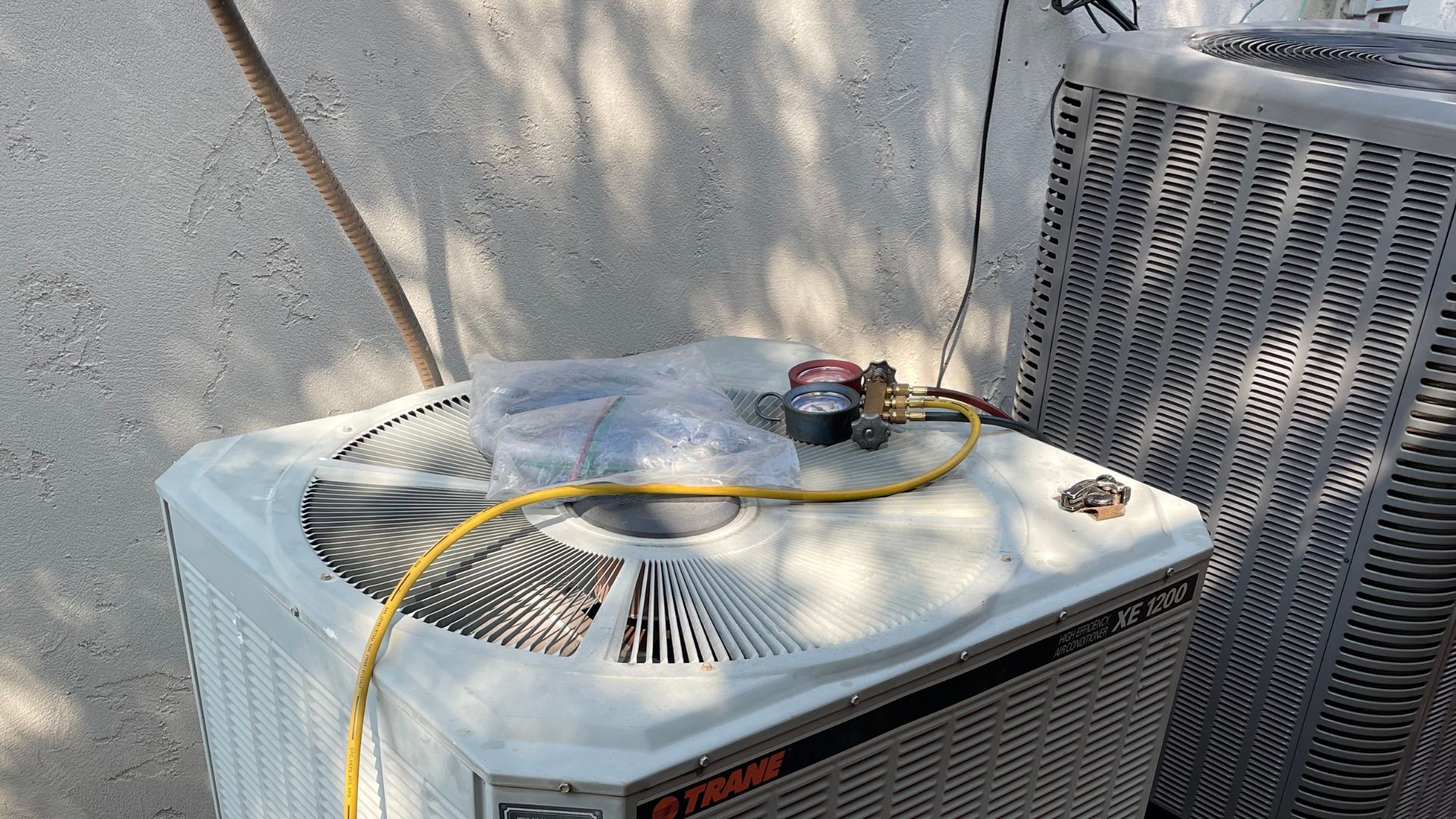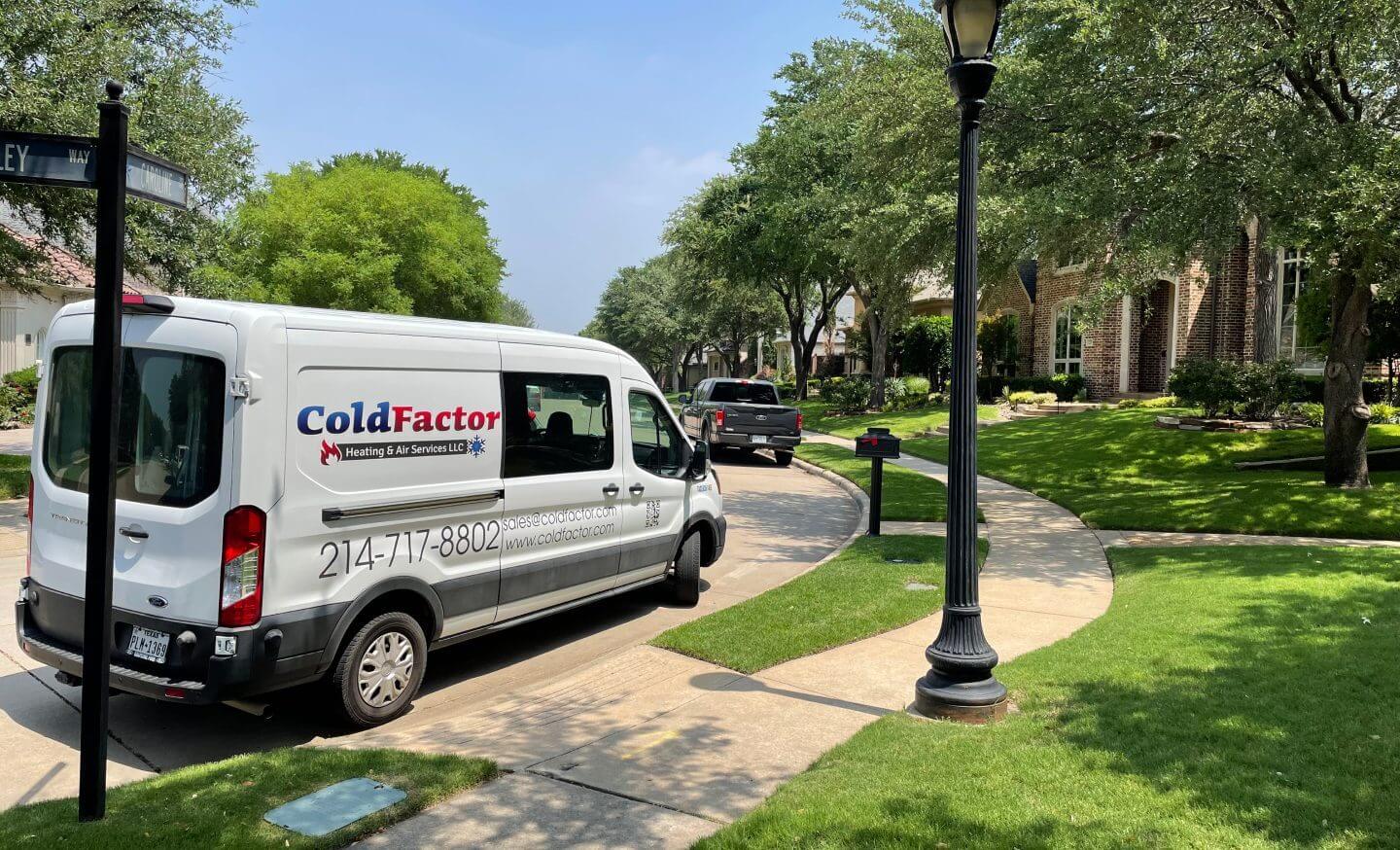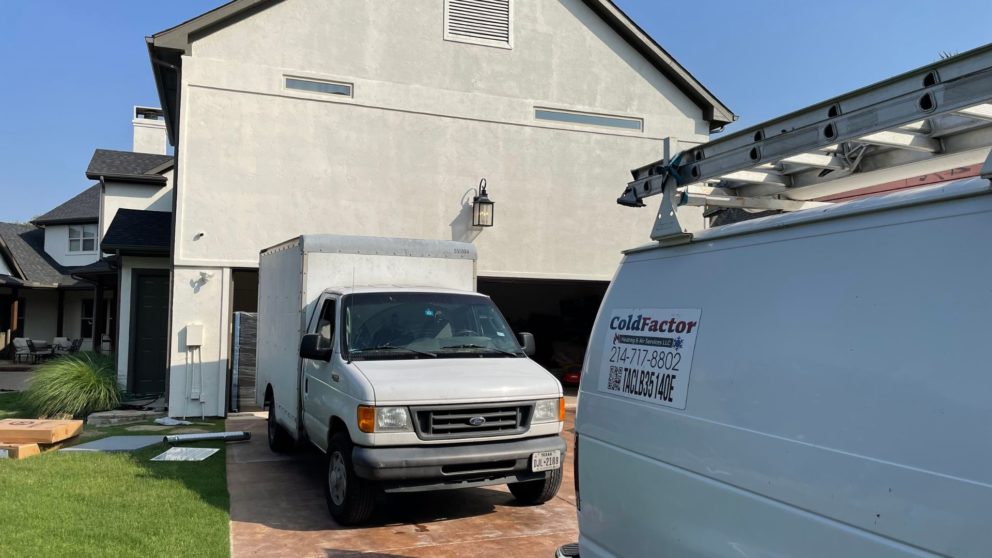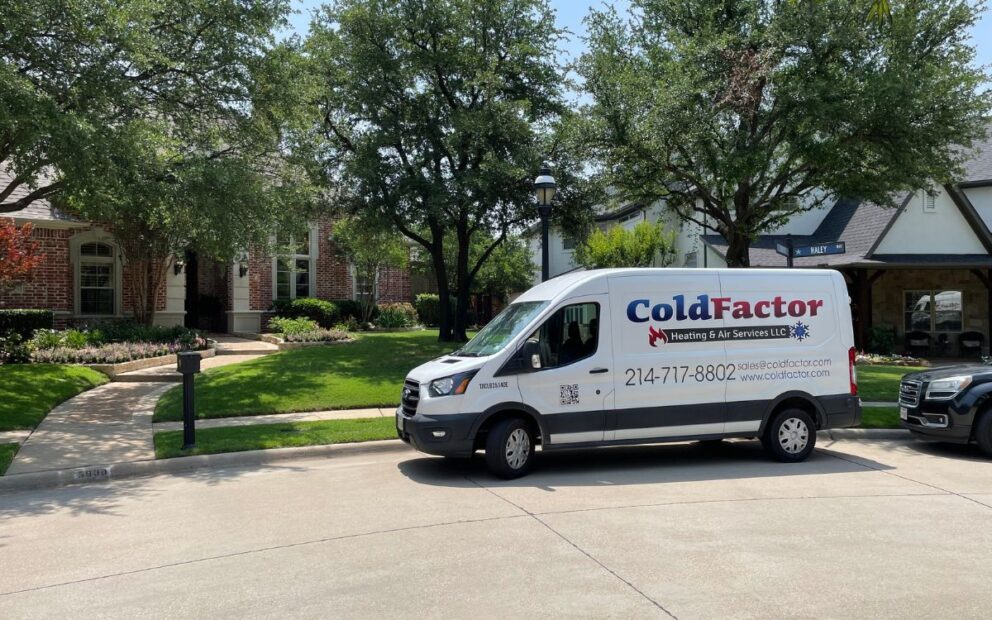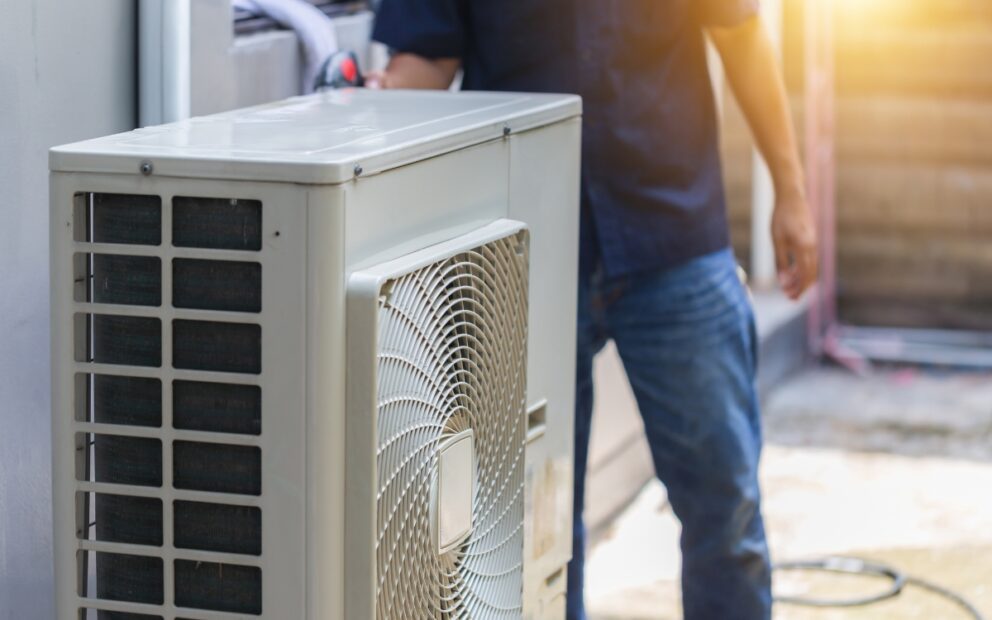Indoor Air Quality, or IAQ for short, refers to the air quality within a structure as it relates to the comfort and health of occupants. When you can understand and control common pollutants inside your home, you can reduce the risk of health and safety concerns, says the EPA.
Health effects due to indoor air pollutants don’t always show up right away. Sometimes they can take many years to manifest. That’s why it’s important to have a professional provide regular air quality services in your home.
Short-Term Effects
Some health effects show up quickly after one or repeated exposure to a particular pollutant. These symptoms can include:
- Eye, nose and throat irritation
- Headaches
- Dizziness
- Fatigue
- Worsened symptoms of asthma and allergies
These short-term symptoms are usually minor in nature and treatable. Usually, eliminating the source, once it’s identified, can do the trick.
Immediate reactions to pollutants in your home will depend on factors such as age, pre-existing medical conditions, and individual sensitivities. Sometimes it’s tough to associate certain symptoms with indoor pollutants because they resemble those of a cold, such as sneezing, wheezing, runny noses and more.
This is why you should be diligent about noting the time and place the symptoms occur. If they fade when you leave the home or a particular room of the home, you can better identify indoor air sources that are responsible for your illness.
Long-Term Effects
Other health effects don’t manifest themselves until many years after exposure, usually after repeated exposure to the pollutant. These are harder to diagnose due to the long time lapse that has taken place. These conditions can include:
- Respiratory diseases
- Cancer
- Heart disease
All of these conditions can be fatal and life limiting, which is why it’s all the more important to improve your indoor air quality.
Top Causes of Indoor Air Problems
The top cause of indoor air quality issues relates to gases or particles that have been released into the air. These situations can be aggravated by the lack of adequate ventilation that serves to dilute emissions or direct them out of the home. High temperatures and humidity levels may also be to blame when it comes to increasing concentrations.
There are several sources of indoor air pollution, such as:
- Tobacco products
- Fuel-burning combustion appliances
- Building materials and furnishings that contain asbestos
- Household cleaning products
- Products related to personal care or hobbies
- Faulty central heating and cooling systems
- Humidification devices
- Excess moisture
- Outdoor sources like pesticides and radon
- Dust within air vents and ducts
- Furniture made of wood-pressed products
- Deteriorated insulation
Fast Facts About Indoor Air Quality
- The EPA says the level of indoor pollutants can be up to five times higher than outdoor levels – sometimes even 100 times more damaging.
- People spend 90% of their lives indoors.
- Good indoor air quality in the workplace contributes to better productivity, creativity and higher-quality output.
- Poor air quality results in coughing, eye irritations and headaches over the short-term, with more serious long-term problems including lung cancer.
- Exposure to indoor air pollution can result in prolonged illnesses which may require excessive time off work, contributing to a loss of productivity and absenteeism that translates to $225 billion a year, according to the CDC.
What Can You Do About It?
While there’s not much you can do about outdoor pollution, there are some things you can do about the indoor air quality of your own home. Here are some tips:
- Install radon detectors.
- Seal or enclose asbestos to stop the spread.
- Adjust stoves and boilers to prevent emissions.
- Open windows and doors when possible.
- Install exhaust fans in kitchens and bathrooms.
- Hire a professional for regular air duct cleaning.
- Don’t obstruct air vents.
- Don’t smoke indoors.
- Dispose of waste properly and quickly.
Contact Cold Factor Heating and Air Services
Here at Cold Factor, we recommend hiring us for air quality services once a year to keep your family safe and healthy. Through thorough inspections, we can identify the source of your indoor air quality problems and suggest a solution. We can also prevent poor indoor air quality in the first place by employing preventive controls such as air purifiers.
Call us today at (469) 535-6530 to book an appointment, get a free quote, or ask about our specials.

